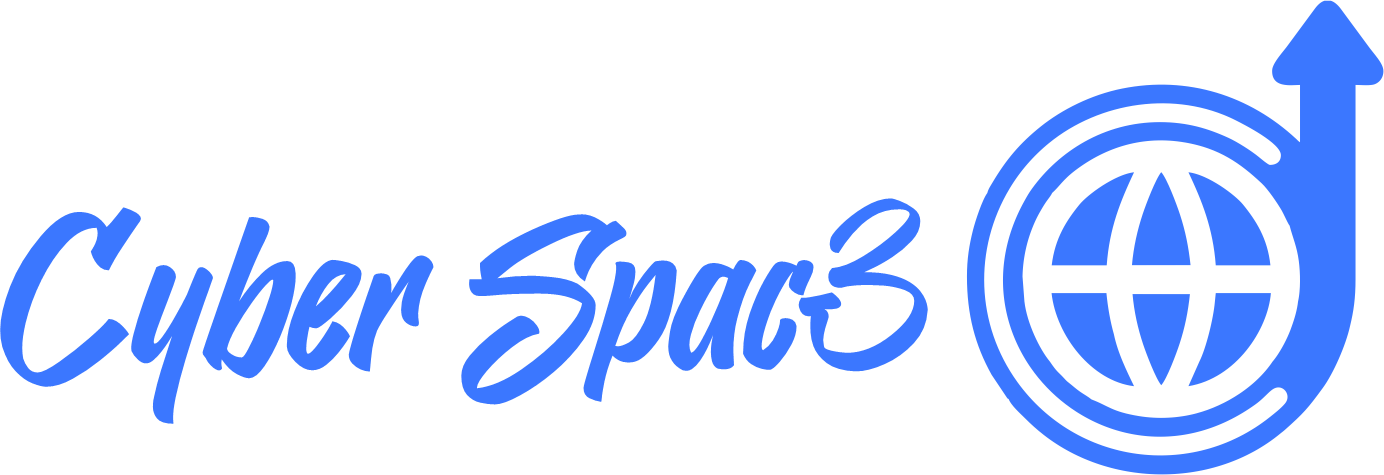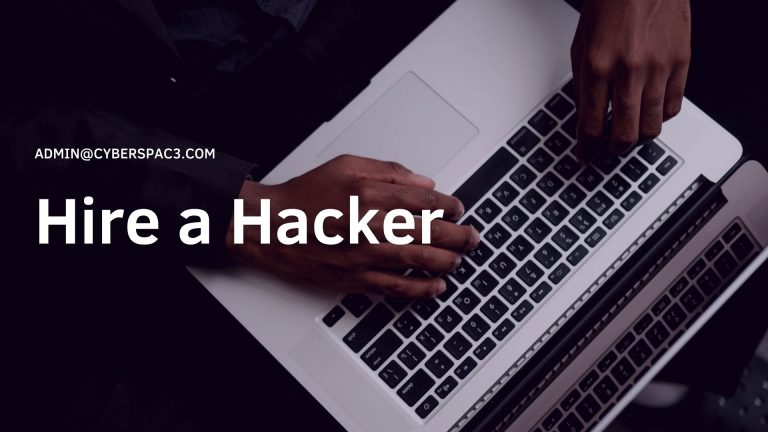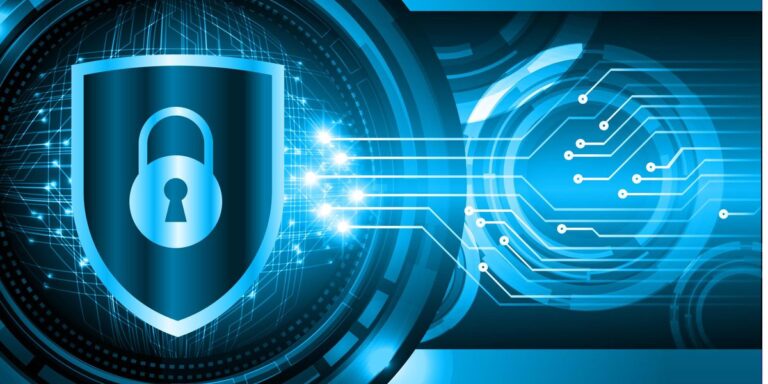Everything You Need To Know About The Ransomware And How to stop it! Hire a Hacker
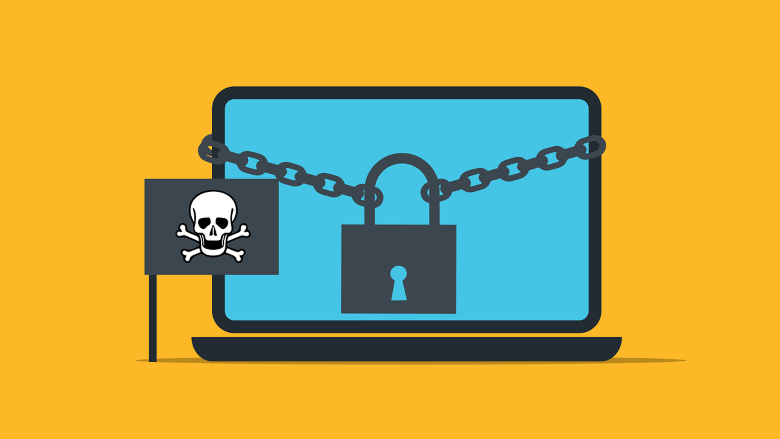
Everything You Need To Know About The Ransomware: File encryption software known as ransomware seeks to encrypt the files of a target. The hacker then demands money, often known as ransom, from the target to provide access to the data after successfully encrypting the files.
In order to obtain the decryption key, the hacker gives setup instructions or procedures.
There are a variety of ways that ransomware can enter a computer. One of the most popular methods of disseminating spam is through phishing, which involves sending attachments to the recipient in the form of emails that look like files they can trust. Other, more aggressive ransomware variants, like NotPetya, take use of security holes to infect systems without the need for deception.
The most frequent next stage for the virus’s spread, once the virus has taken control of the victim’s computer, is to encrypt some or all of the user’s data. The Infosec Institute gives a fantastic in-depth look at how various types of ransomware encrypt files if you’re looking for technical expertise.
In some malware, the attacker may pose as a law enforcement agency, shut down the victim’s machine due to the presence of pornography or illegal software, and demand the payment of a “fine”—possibly to deter victims from notifying the authorities—in order to prevent them from reporting the attack. However, this trick is not used in the majority of assaults. Another variation, called leak ware or dox ware, threatens to make private information on the victim’s hard drive public unless a ransom is paid. However, encryption ransomware is by far the most common type because finding and extracting such information is a challenging operation for attackers.
Who is a ransomware victim?
Everything You Need To Know About The Ransomware: Attackers can choose which companies to use ransomware on in a variety of ways. It’s also a matter of opportunity; for instance, hackers may target colleges since they have fewer security personnel and a large, diversified user base, which makes it easier to get past their defenses.
On the other hand, some companies appear to be more desirable targets because they seem more willing to quickly pay a ransom. For instance, government agencies and healthcare facilities commonly need quick access to their information. Law firms and other corporations with sensitive data may be willing to pay to keep a hacker’s identity a secret; these businesses may also be more susceptible to leak ware attacks.
But if you don’t fit into one of these groups, don’t think you’re safe; as we’ve mentioned, some ransomware spreads randomly online.
How to Avoid Ransomware
Everything You Need To Know About The Ransomware: You may take certain precautions to protect yourself from contracting ransomware. Implementing these steps increases your defenses against all forms of assaults because they are, of course, effective security practices in general:
- Keep your operating system patched and current to ensure you have fewer attackable vulnerabilities.
- Only if you are completely aware of the software’s purpose before installing it or giving it administrator access.
- Install antivirus software that can spot potentially harmful programs like ransomware as soon as they emerge and whitelisting software that can prevent illegal apps from even starting.
- Of course, you should also regularly and automatically backup your files. While this won’t stop a malware assault, it will significantly lessen the damage it causes.
Everything You Need To Know About The Ransomware: Removal of ransomware
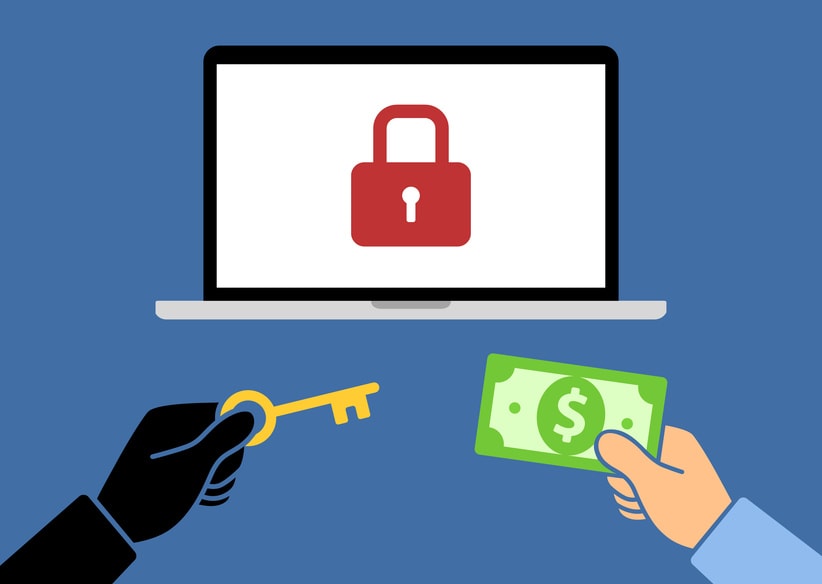
Everything You Need To Know About The Ransomware: You must regain control of your computer if ransomware has been used to encrypt data. A great video from CSO’s Steve Ragan demonstrates how to do this on a Windows 10 computer:
Start Windows 10 in safe mode first.
Install antivirus program.
the detection and elimination of ransomware virus from the system
Recover a prior state for the computer.
It’s crucial to realize that while these procedures will get rid of the virus on your computer and give it back to you, they won’t get rid of the encryption protecting your data.
Figures and statistics about ransomware
Everything You Need To Know About The Ransomware: A multi-billion dollar industry surrounds ransomware. Ransomware is a lucrative business, and it has experienced tremendous growth since the decade’s beginning. In 2017, ransomware caused $5 billion in damages, including lost time recovering from attacks and ransoms paid and spent.
Some markets are particularly prone to ransomware and the decision to pay the ransom. Hospitals and other medical facilities have been the subject of numerous high-profile ransomware attacks because they are enticing targets because attackers know that when lives are at stake, these organizations are more inclined to settle for a relatively little ransom to remedy a problem.
You won’t always be protected by your anti-malware program. Standard anti-virus software typically misses ransomware’s signatures because its authors constantly create and modify it. In actuality, endpoint security updates were installed on the compromised machines in up to 75% of the firms that were attacked by ransomware.
Do you think you should pay the ransom?
Everything You Need To Know About The Ransomware: If your computer has been infected with malware and you can’t recover your crucial data from backups, should you pay the ransom?
Theoretically, the majority of law enforcement agencies advise against paying ransomware attackers since they claim that doing so encourages hackers to create more ransomware. Having said that, many organizations that become infected with malware quickly stop considering the “greater good” and start weighing the costs and benefits of paying the ransom against the value of the encrypted data instead. According to a Trend Micro study, 65 percent of firms actually do pay the ransom when they are targeted, despite 66 percent of them declaring they would never do so out of moral propriety.
Most companies can afford to pay the low ransom fees demanded by attackers, which are typically between $700 and $1,300. Some sophisticated malware may be able to identify the nation where the infected machine is located and adjust the ransom to match that nation’s GDP, requesting more from businesses in wealthy nations and less from those in developing ones.
Discounts are frequently offered for quick responses to encourage victims to make payments as quickly as possible. The price is typically chosen so that it is less expensive for the victim than it would be for the offender to recover the victim’s computer or recreate the stolen data while yet being high enough for the offender to make it profitable. In light of this, some companies are starting to include the potential of paying a ransom in their security plans. For instance, a number of major UK companies that are normally uninterested in cryptocurrencies are holding some Bitcoin in reserve specifically for ransom payments.
There are a few things to keep in mind in this situation, particularly because the people you’re working with are obviously criminals. Before paying any money to anyone, make sure you are not dealing with so-called “scareware.” First, the ransomware that appears to have encrypted your files may not have done so at all. Second, even if you pay the hackers, you could not get your files back. The virus may not even have decryption capabilities in some cases, when crooks merely grab the money and run. However, because such malware quickly develops a reputation and does not generate cash, the criminals succeed and, in most cases, your data is recovered. — According to Arbor Networks’ principal security scientist Gary Sockrider, 65–70% of the time
Examples of Ransomware
Everything You Need To Know About The Ransomware: Although ransomware has technically been around since the 1990s, its popularity has only recently increased, mostly due to the availability of anonymous payment methods like Bitcoin. The worst offenders are those listed below:
The current ransomware age began with the 2013 attack known as CryptoLocker, which at its height affected up to 500,000 systems.
Targeting gaming files, TeslaCrypt constantly improved throughout its reign of terror.
The first widely disseminated ransomware attack on mobile devices was SimpleLocker.
Using EternalBlue, a flaw exploited by the NSA, WannaCry autonomously went from computer to computer.
EternalBlue might have been used by NotPetya as part of a campaign against Ukraine that was ordered by Russia.
In its initial iteration in 2016, Locky was described as “similar in its manner of attack to the infamous banking malware Dridex.” Phishing operations were used to spread Osiris, a variant.
In 2017, the Android apps Booster & Cleaner and Wallpaper Blur HD both contained Leatherlocker. To prevent unauthorized access to data, it locks the home screen rather than encrypting files.
The 2017 invention Wysiwyg looks for accessible Remote Desktop Protocol (RDP) servers online. Then, in an effort to spread throughout the network, it makes an attempt to steal RDP credentials.
